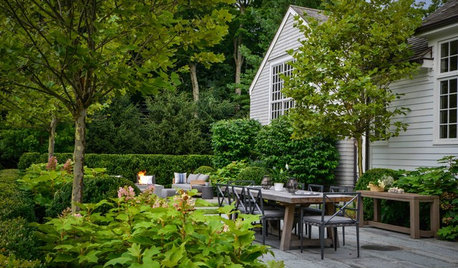What is a substitute for Seaweed or Kelp Meal?
captaincompostal
20 years ago
Featured Answer
Sort by:Oldest
Comments (20)
Demeter
20 years agocaptaincompostal
20 years agoRelated Professionals
Bridgeview Landscape Contractors · Edinburg Landscape Contractors · Hickory Hills Landscape Contractors · Lakeville Landscape Contractors · Oakland Landscape Contractors · Roswell Landscape Contractors · Sugar Hill Landscape Contractors · White Bear Lake Landscape Contractors · Bronx Siding & Exteriors · Newington Siding & Exteriors · Oak Creek Siding & Exteriors · Waterford Siding & Exteriors · Somersworth Siding & Exteriors · Palm Springs Solar Energy Systems · Rosemount Solar Energy SystemsDemeter
20 years agocaptaincompostal
20 years agocaptaincompostal
20 years agomarshallz10
20 years agocaptaincompostal
20 years agoswanzeyguy
20 years agokaren22
20 years agoswanzeyguy
20 years agomarkapp
18 years agoDRKboss
18 years agohuisjen
18 years agoblueberrier1
17 years agomaricybele
16 years agoart1
14 years agojasmine0532
12 years agoHU-575579134
4 years agoClaude
4 years ago
Related Stories

BEFORE AND AFTERSSee 6 Yards Transformed by Losing Their Lawns
Wondering whether a turf lawn is the best use of your outdoor space? These homeowners did, and they found creative alternatives
Full Story
GARDENING GUIDESHow to Maintain Your Garden to Ensure Its Long-Term Health
Experts weigh in on how to keep your plants thriving and your garden looking good for years to come
Full StorySponsored






seraphima